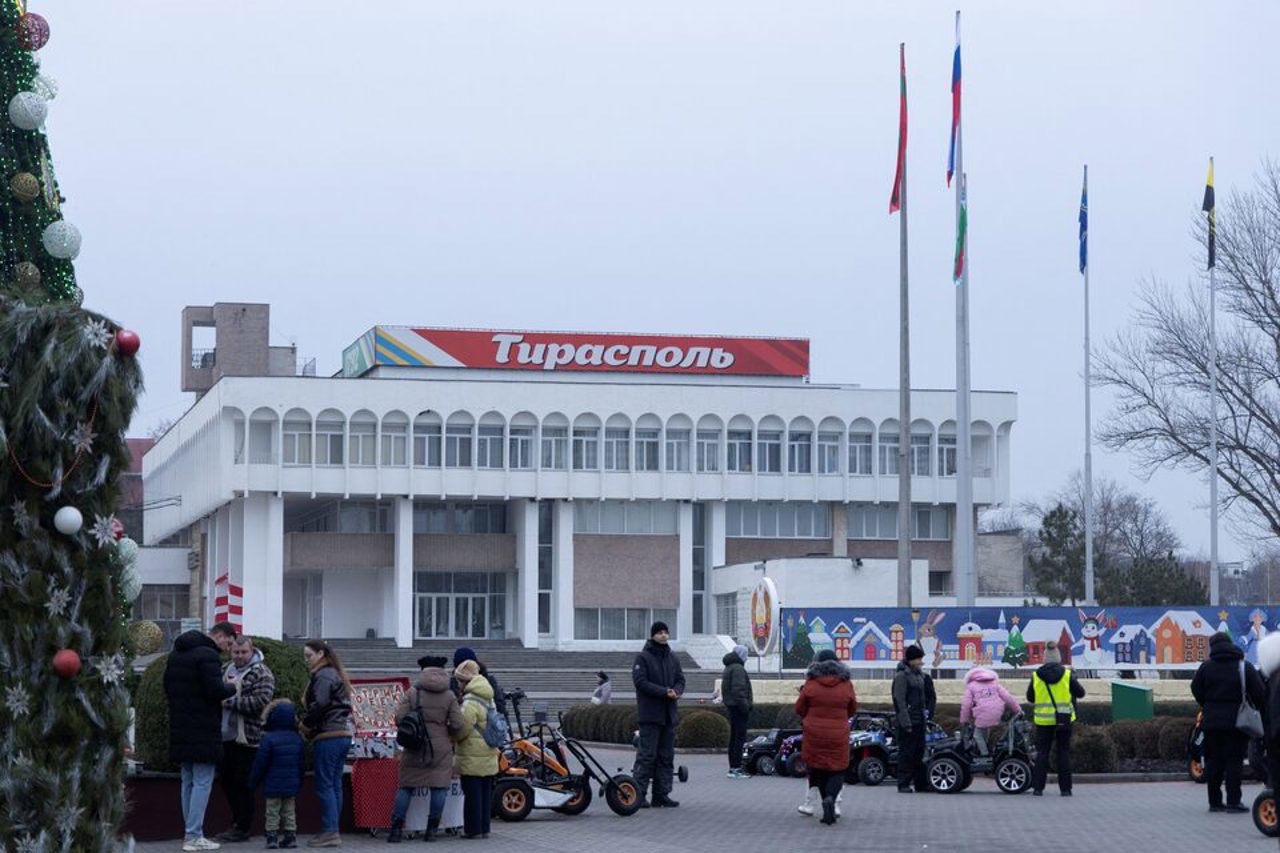Moldova boosts employment support with new ANOFM subdivisions
The National Agency for Employment (ANOFM) will establish three new subdivisions. This decision was approved today during the Government meeting.

The Minister of Labor and Social Protection, Alexei Buzu, stated that the objective of these subdivisions is to enhance ANOFM's capacity to support the integration of job seekers and address the needs of employers.
"While last year the agency successfully assisted approximately 11,000 citizens in finding employment, by the end of August this year, they had already helped over 10,600 individuals. This figure represents approximately 30 percent of the unemployed population in the country. Compared to last year, we have managed to reduce the number of unemployed individuals receiving social aid tenfold," stated Buzu.
Minister Buzu further emphasised that substantial efforts have been made in recent years to integrate as many people as possible into the workforce.
"We must become more proactive in understanding the needs of employers in the Republic of Moldova. This year, we have introduced new work procedures with employers and initiated an annual study on the perceptions and needs of employers nationwide. Secondly, we will strengthen the agency's competencies in performance management, which is crucial for understanding whether we are delivering results for both employers and citizens. Finally, we will bolster the agency's capacities to implement projects with European funding," Buzu remarked.
According to data from the National Bureau of Statistics, the workforce in the second quarter of this year consisted of 900,000 individuals, representing a decrease of 3.7% compared to the same period in 2023. Concurrently, the unemployment rate was recorded at 3.9%, a decrease of 0.5 percentage points compared to the previous quarter. During the reference period, the proportion of women employed in the workforce was 50.4%, higher than that of men, which stood at 49.6%. Additionally, the proportion of economically active individuals was higher in rural areas than in urban areas.
Translation by Iurie Tataru



